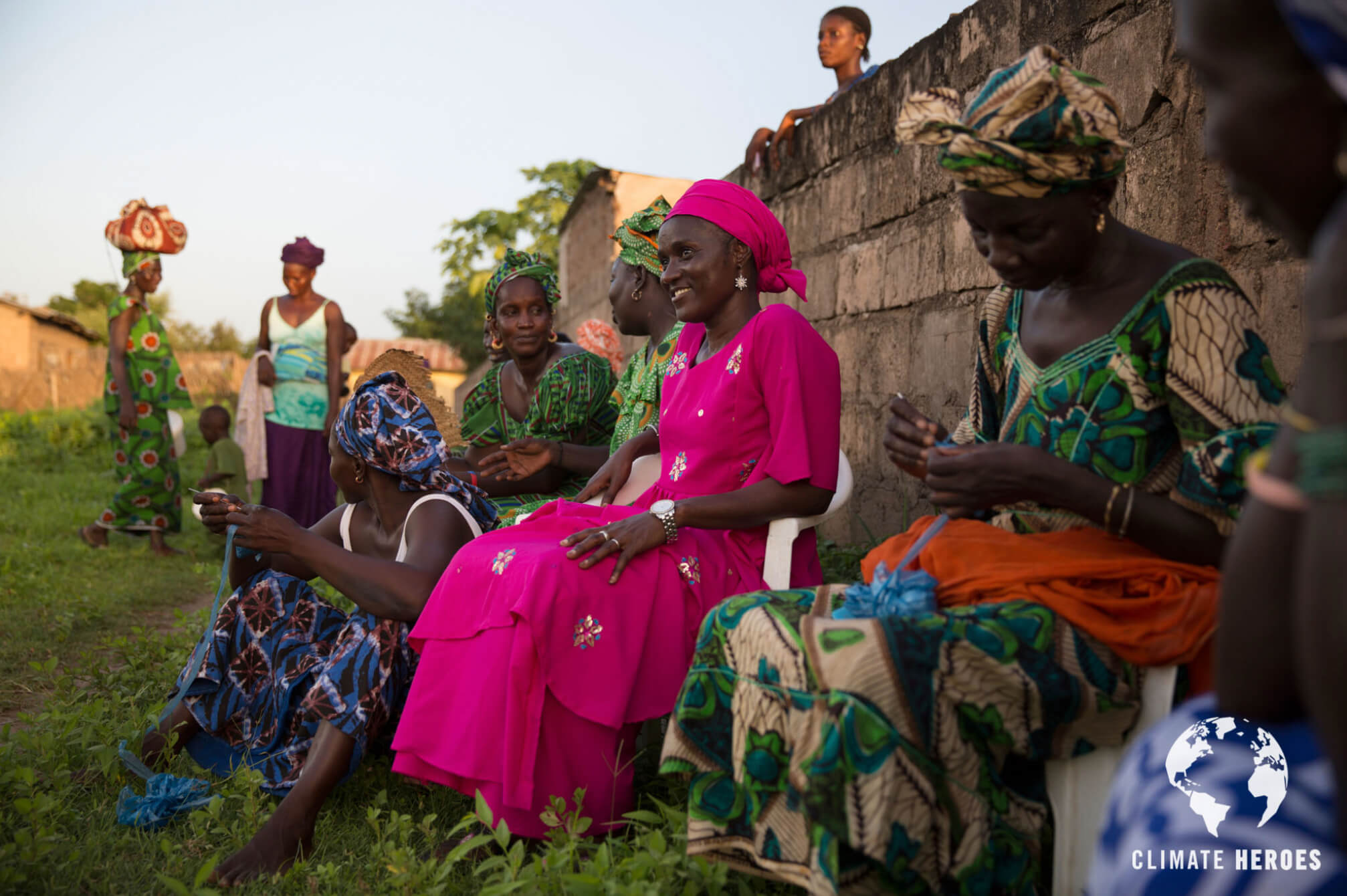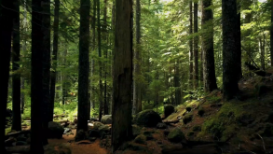Hidden upriver in Japan’s picturesque mountain scenery lies a geothermal generator that harnesses seismic energy to create jobs, profit, and sustainability. With renewed concerns about nuclear power in Japan, especially after the 2011 nuclear meltdown, the Tsuchiyu Onsen generator is a greener, cleaner option.
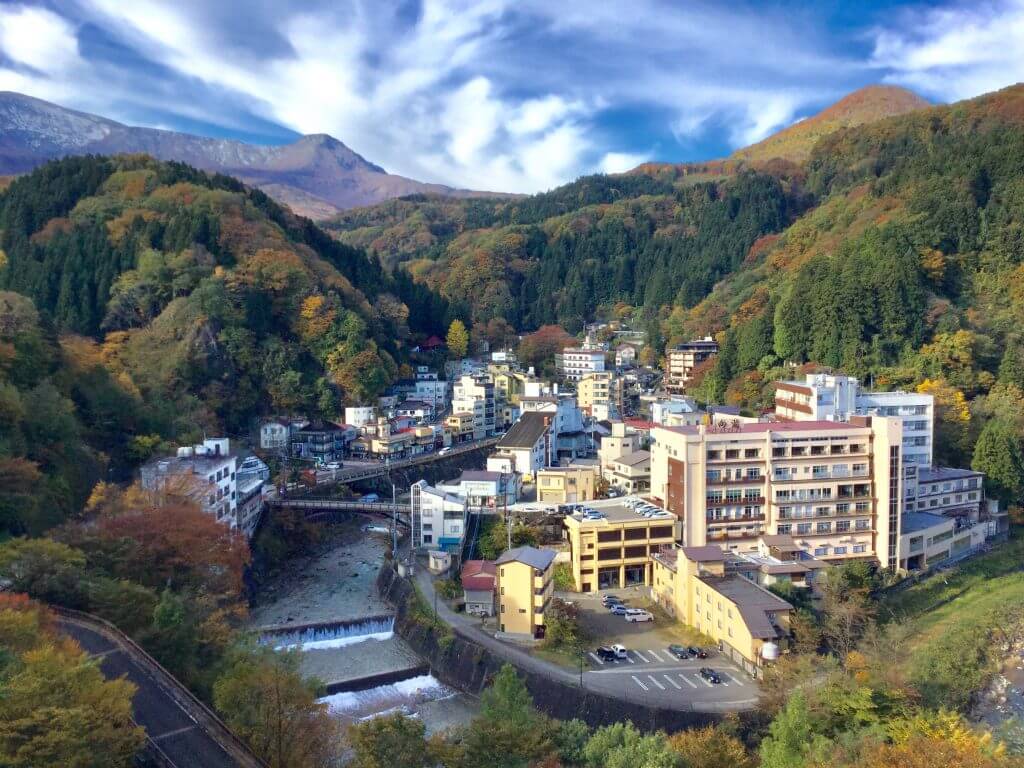
Tsuchiyu Onsen 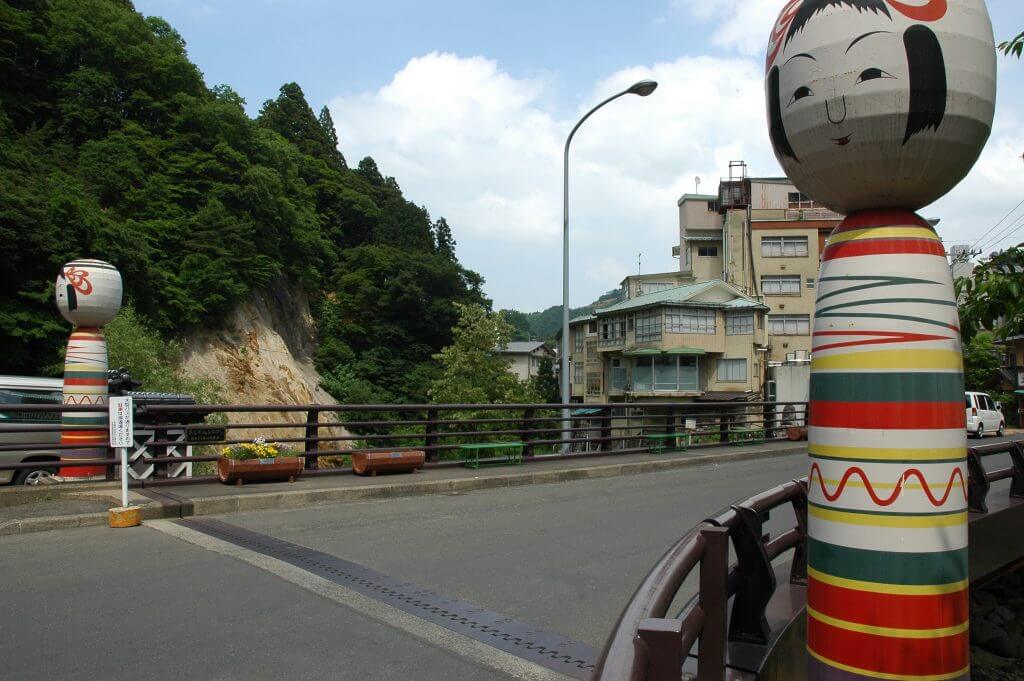
Tsuchiyu Town entrance flanked by the region’s famous dolls
When Fukushima’s Daiichi nuclear power plant shut down, the electricity went out in Tsuchiyu Onsen [hot spring resort]: the first of many blackouts resulting from the March 2011 nuclear meltdown.
The disaster had catastrophic effects on the small hot spring (onsen) town, some 70km away in the Azuma mountains. “Five ryokan inns had to close,” explains Kazuya Ikeda, Executive Director and Secretary General of Tsuchiyu Onsen tourism, “and we saw a simultaneous exodus of residents. The rates of people aged over 65 exceeded 50 per cent of the population… maintaining sustainable living conditions started to become more and more difficult.”
At the heart of Tsuchiyu’s tourism and population crisis was its energy crisis. With renewed concerns about nuclear power, residents decided to establish a town-led geothermal energy project. Their goal was to harness the same seismic energy that had devastated the region and use it to create jobs, profit, and sustainability.
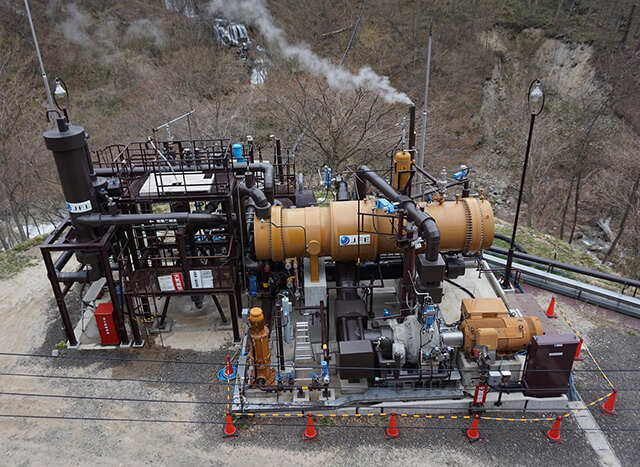
Now, a decade later, the generator – hidden just upriver in Japan’s picturesque mountain scenery – not only provides power for Tsuchiyu Onsen but pays off the original loan by selling energy back to the grid. Ikeda describes the project as “a series of very hard fought battles”, yet the enterprise was so successful that residents are now finding ways to further harness its geothermal resources.
Tsuchiyu Onsen uses a binary generator, which relies on a secondary liquid in a closed-loop system. This liquid has a lower boiling point than water, so it vaporises when hot spring water passes through a heat exchanger. The resulting gas drives the turbines and thereby the generator, and the all-important closed-loop system means atmospheric emissions are negligible. The vapour is then condensed back to liquid and the process starts again.
”We also began work on sub-projects within the town itself, like shrimp cultivation and local sake production,” Ikeda explains “but we’re still new to it and started in a fumbling sort of way.” These smaller endeavours have been key to Tsuchiyu’s revitalisation, repurposing vacant buildings in the town centre and creating jobs.
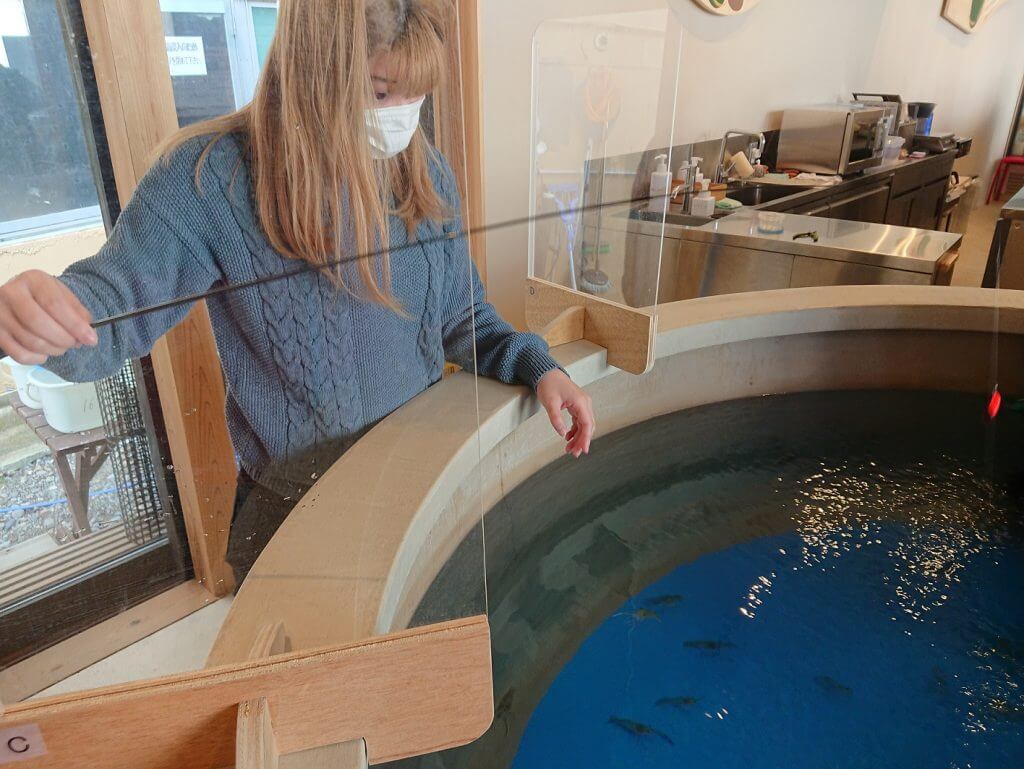
Shrimp fishing cafe 
Shrimp
The shrimp, farmed in warm water pumped through the generator, are enough to supply the town’s hotels, but Tsuchiyu isn’t aiming at a wider market. Instead, the tourism board is creating more local businesses around it, such as shrimp-fishing cafes.
Overall, the last decade has proven remarkably positive, but the next five years are crucial to its long term success: the original loan must be repaid just as ageing facilities start to need maintenance and investment. Beyond this, Tsuchiyu Onsen is aiming to eventually go entirely off-grid and to pass on its legacy within and beyond its snow-capped borders.
Tsuchiyu’s story has garnered national attention. Its residents’ ingenuity has inspired others, having achieved their aims through state funding and without hiring external consultants. The renewable set-up also disproves long-standing Japanese concerns around geothermal energy: onsen towns having been historically reluctant to use generators for fear of damaging water quality.
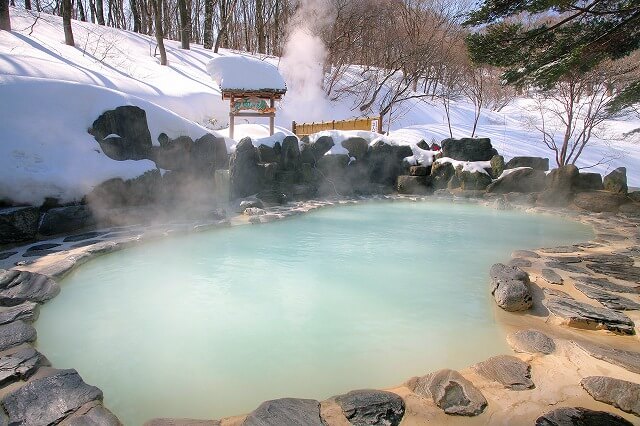
Onsen (hot spring) 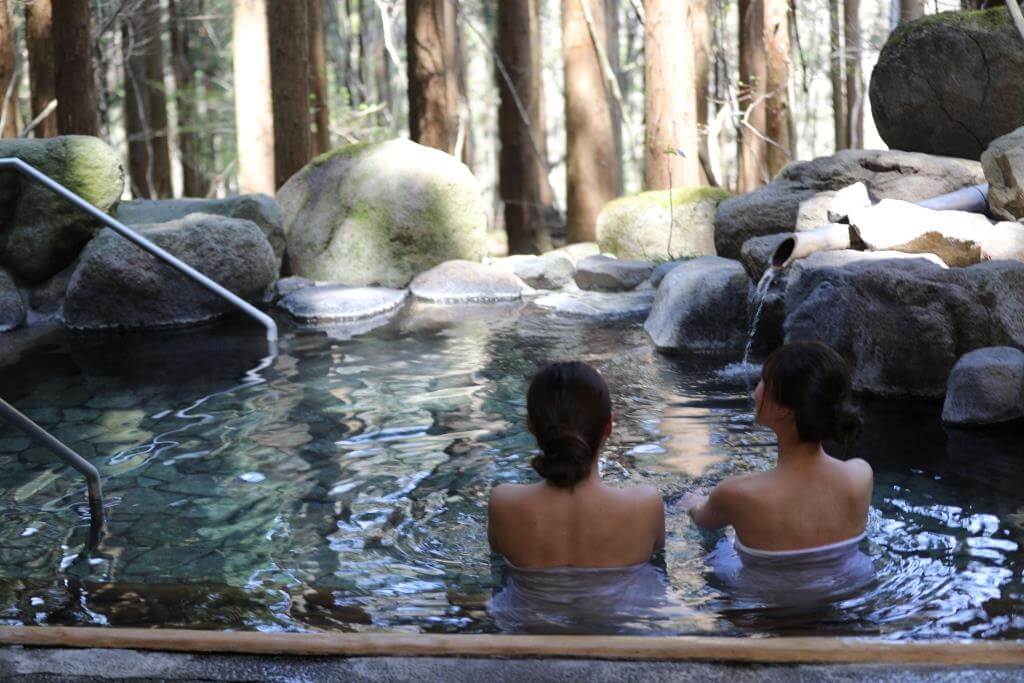
Onsen (hot spring) bath
Visitors and tourists certainly haven’t been deterred. Domestic and international researchers have flocked to the town, with around 2,000 arriving annually. Before Covid-19, Tsuchiyu reached 370,000 annual visitors and they aim to reach 500,000 within five years.
This ongoing revitalisation of town and tourism has promoted renewable energy as a sustainable way of life, making Tsuchiyu Onsen a symbol of resilience and hope in the face of Fukushima’s nuclear energy fallout.
Author: Jo Davey, The India Story Agency for Sacred Groves
Images Credit: Fukushima Tourist Board
Did you enjoy this article?
Share with friends to inspire positive action.




